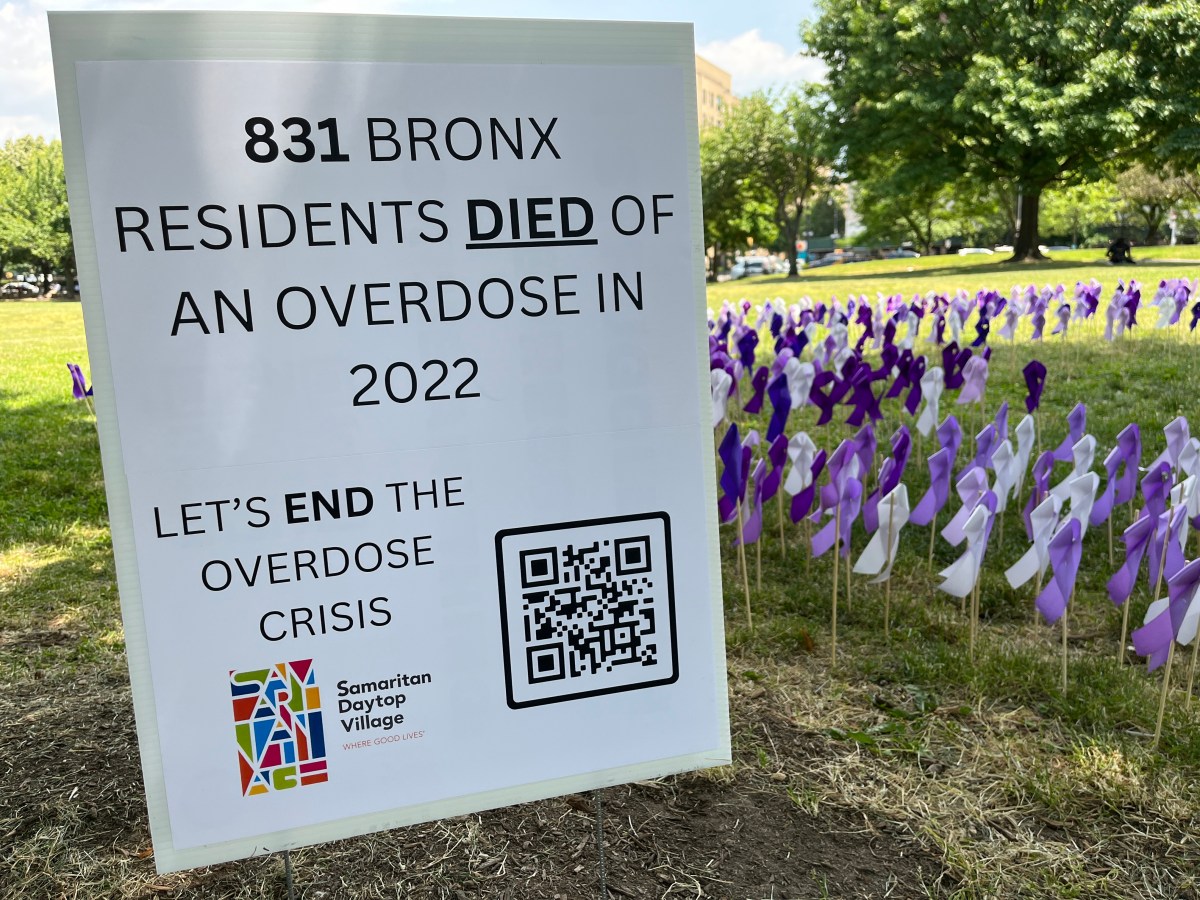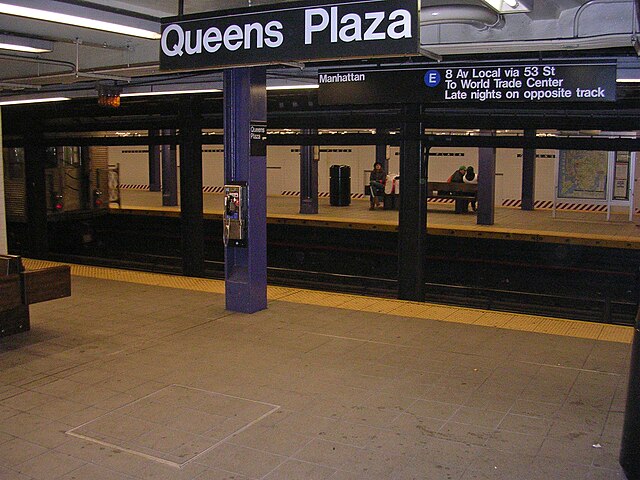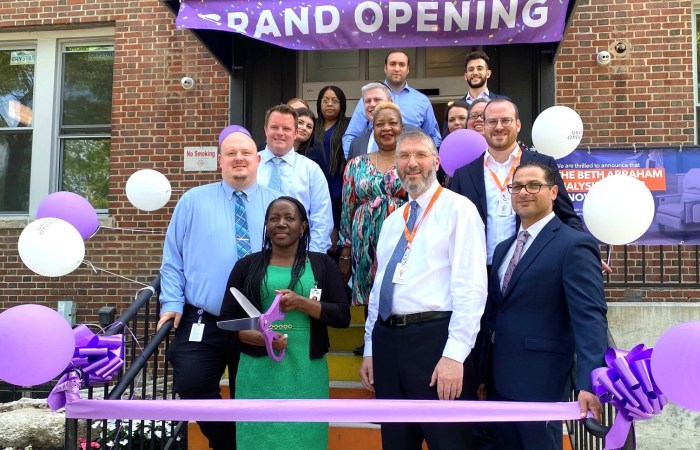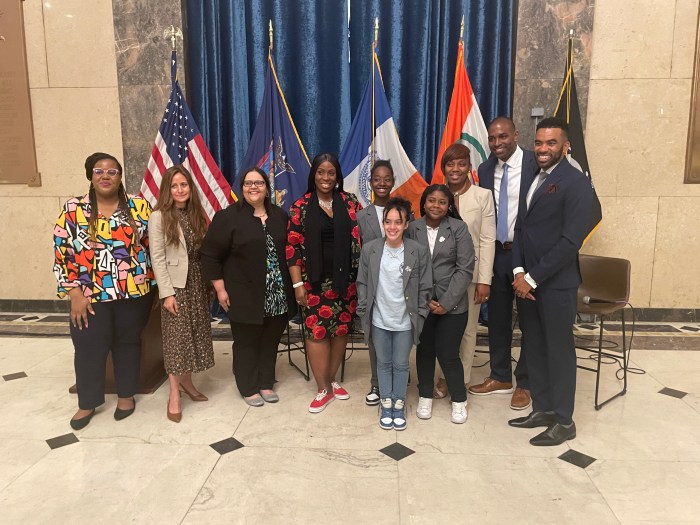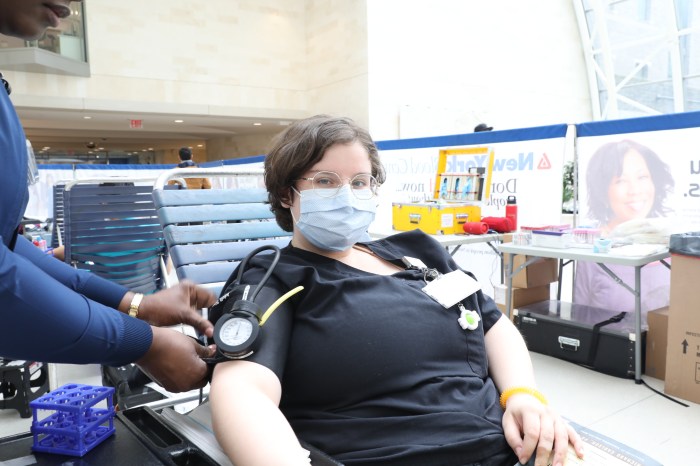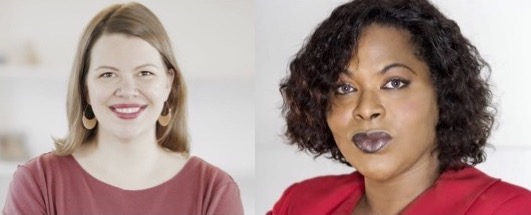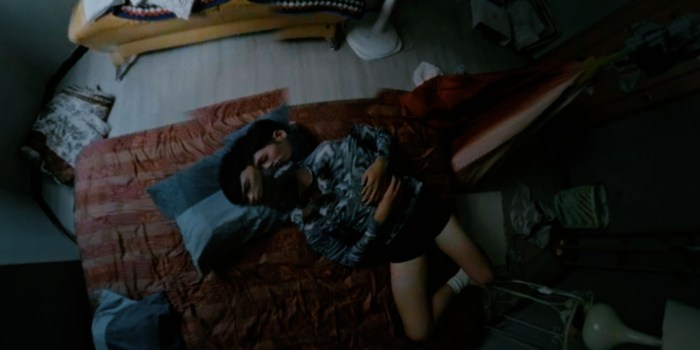Overdose deaths have soared in the last decade. In 2022, 3,026 people died from an overdose in New York City, according to data from the NYC Department of Health and Mental Hygiene.
The Bronx has the highest rates of overdose deaths, with 831 residents dying from overdose in 2022. Bronx residents had the highest rate of overdose death in 2022 (73.6 per 100,000 residents), an increase from 2021 (70.1 per 100,000). Staten Island had the second highest rate at 38.0 per 100,000 residents, a steady rate compared with 2021 (37.9 per 100,000).
On June 13, Bronx elected officials Bronx Borough President Vanessa L. Gibson, state Sen. Nathalia Fernandez and Assemblymember Landon C. Dais joined members of the nonprofit Samaritan Daytop Village at Joyce Kilmer Park to honor and remember Bronx residents lost to overdose. Speakers called for more government support to address the overdose crisis and also shared information on where people can get help.
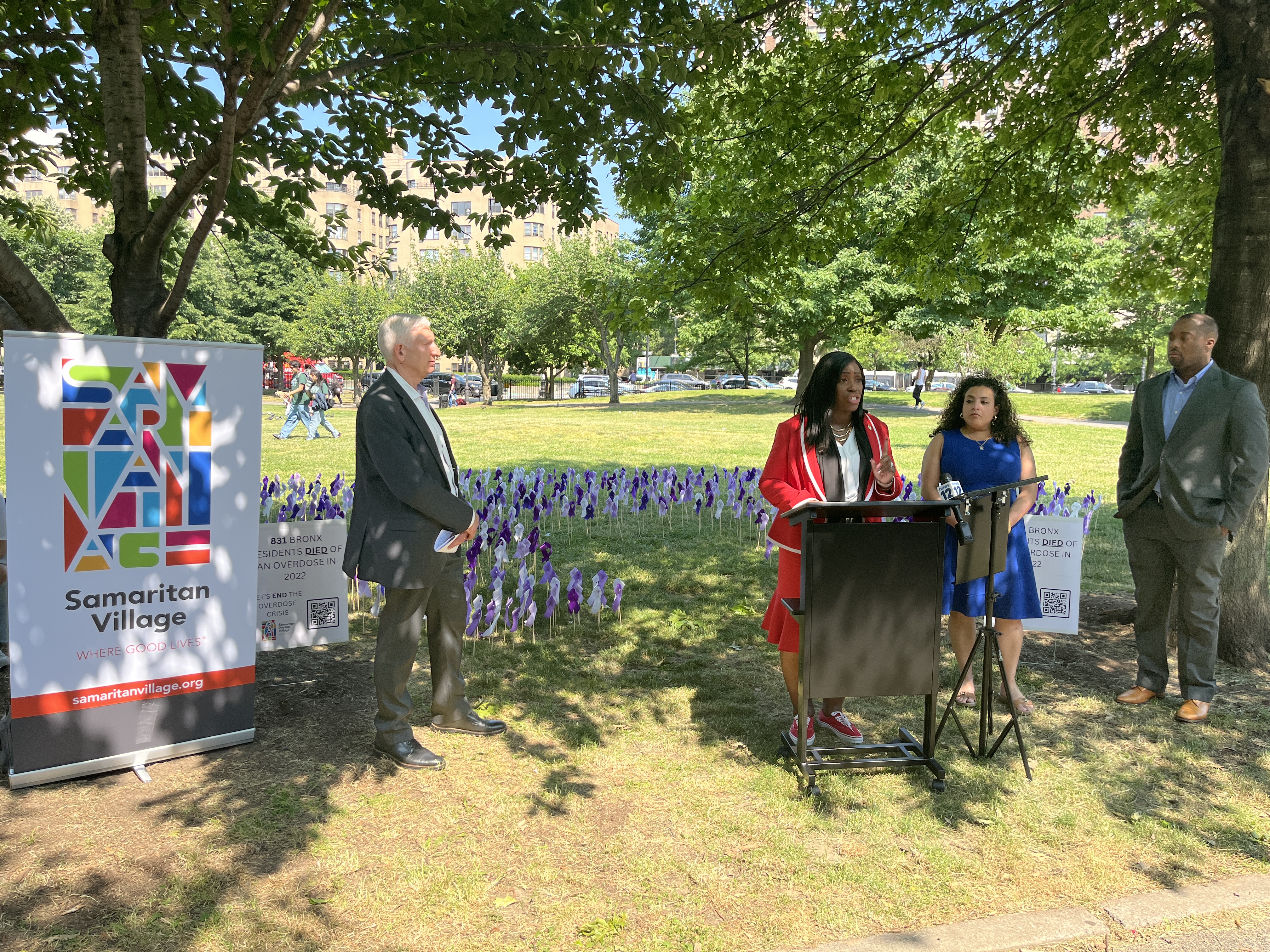
A total of 831 purple ribbons were placed in Joyce Kilmer Park to represent the Bronx residents who lost their lives to overdose.
“Opioid abuse creates harm beyond the individuals experiencing addiction,” Gibson said. “It affects our neighborhoods, communities, families and loved ones. The high levels of opioid use and deaths in our borough are alarming and are a call to action. I want to thank Samaritan and the peer-led support network for their commitment to supporting our most vulnerable residents.”

Samaritan Daytop Village President and CEO Mitchell Netburn spoke with the Bronx Times about opioids and what the nonprofit is doing to help Bronxites. Netburn said people turn to drugs for many reasons, but it is Samaritan’s goal to help them get clean and on the right path in life.
Samaritan, which operates a recovery center in the Mott Haven section of the Bronx, does outreach throughout the South Bronx by offering Narcan, clean needles, fentanyl test strips, water, food and other resources.
Netburn said people need to “take away the stigma of drug use and not be reluctant to get treatment.”
“Almost everyone knows a family member or friend who has passed away from an overdose,” Netburn said. “If you have seen what we have seen, you would understand why we have to act now. Lives are being lost about every hour and a half in New York state. We must keep the momentum going in the fight against overdoses and we need the funding to do that.”
Peers from Samaritan’s Peer Alliance Recovery Centers (PARC) spoke about the importance of harm reduction tools, including the life-saving medication Narcan, as well as personal experiences with substance use, overdose and peer recovery programs.
Jesus Hernandez, a member of PARC, knows firsthand how addiction can affect a life. His father, Jessus Colon Hernandez, died of AIDS in 1984 from a dirty needle and Herandez was addicted to alcohol and crystal meth for 34 years.
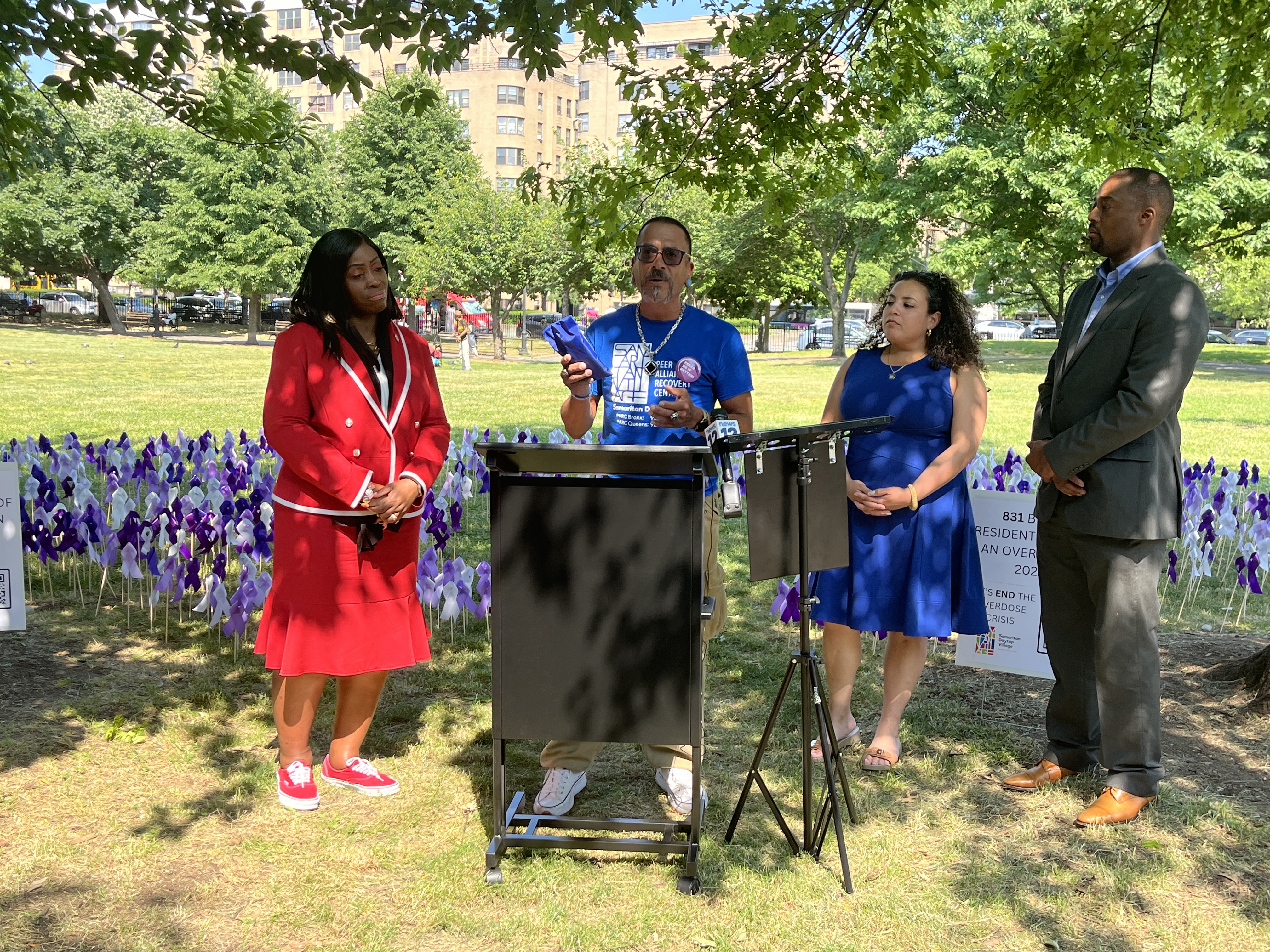
Hernandez, 55, a Mosholu Parkway native, has been with Samaritan for three years and clean from drugs for 520 days. However, his journey to sobriety was not easy, he said.
He was other-than-honorably discharged from the Marines for his drug use and addiction also cost him relationships, two marriages, jobs and much more.
Hernandez got clean and relapsed several times, but when he was introduced to Samaritan everything changed, he said. The nonprofit helped him get into treatment and dive deep into the core issue of his demons.
“Samaritan Village saved my life,” he said. “If it wasn’t for Samaritan Village, I’d probably be dead right now. They helped me realize the alcohol and drugs were just a symptom, it was more than just addiction.”
Hernandez helps addicts find doctors, buy groceries, get mental health services and more. Ultimately, the goal is to give people hope, he said.
“If I reach one person it’s a beautiful day,” he said. “I don’t do this for the money or reputation, I do it because I truly believe I was put on this earth to help people.”
New York City supports Opioid Overdose Prevention Programs – community-based programs offering supplies like naloxone and test strips – and Syringe Service Programs, which may provide syringe disposal, harm reduction counseling, health education, overdose prevention, HIV and Hepatitis C testing, and referrals to other services in addition to sterile syringes.: A full list of programs is available online and through the NYC HealthMap, which also includes buprenorphine treatment.
If you or a loved one are seeking help in recovery in the Bronx, you can reach Samaritan Daytop Village’s PARC Bronx program at 929-244-1500.

